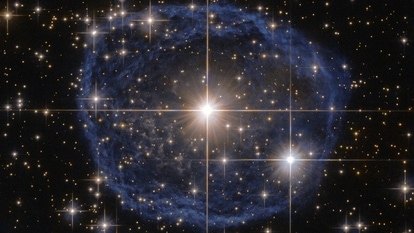NASA Astronomy Picture of the Day 10 January 2023: Mesmerizing Cone Nebula captured
NASA's Astronomy Picture of the Day provides a mesmerizing view of the star-forming region known as Cone Nebula.


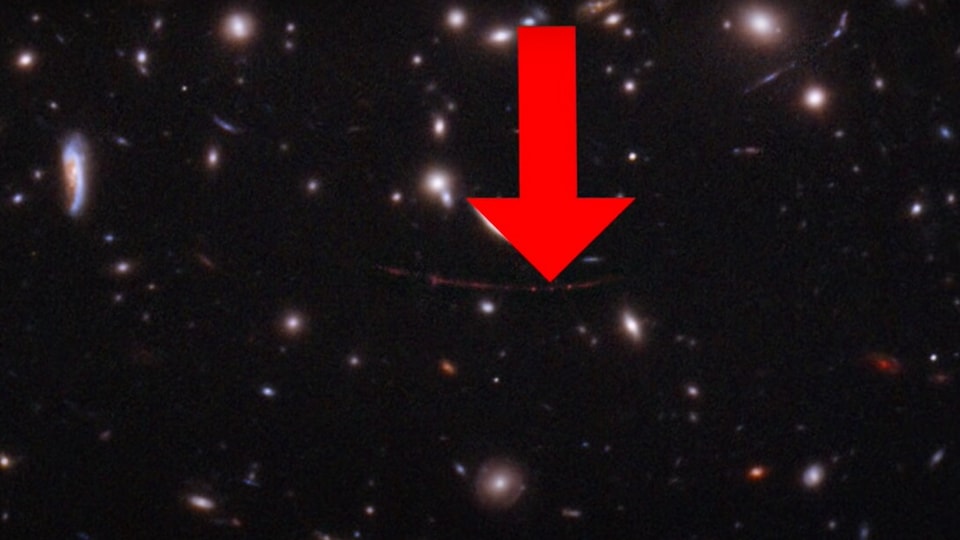
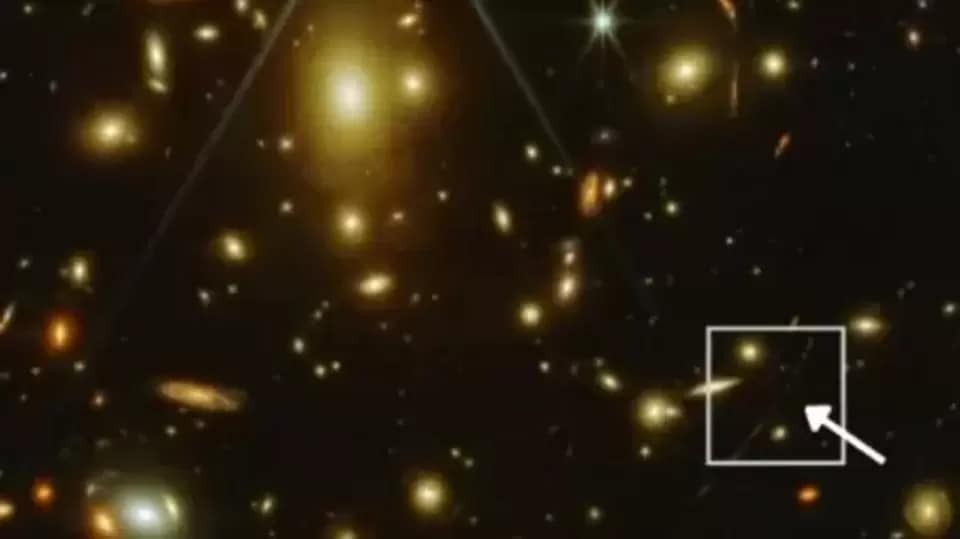
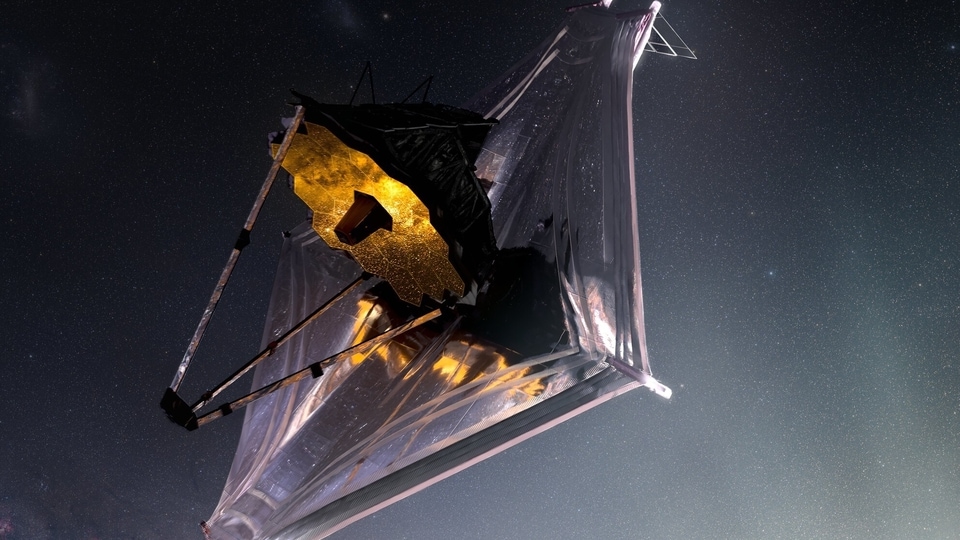
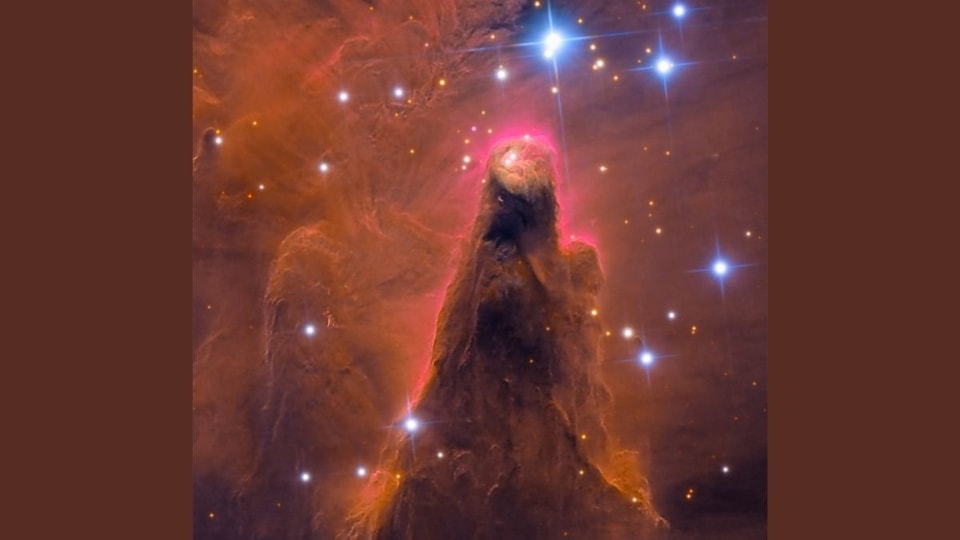
 View all Images
View all ImagesThe region of a galaxy where stars are forming at an especially high rate is known as a Star Nursery or a Nebula. These star-forming regions are usually found in the spiral arms of galaxies, where there is a high density of molecular clouds. Gravity within a molecular cloud causes the gas and dust to collapse, forming dense cores. As the cores grow denser and hotter, they begin to fuse hydrogen atoms into helium, which releases energy in the form of light and heat. Once a core reaches a certain temperature and density, a new star is born.
NASA's Astronomy Picture of the Day is a bewitching picture of a star-forming region known as a Cone Nebula. This Nebula has been given the designation of NGC 2264 and it is located 2500 light-years away toward the constellation of the Unicorn. The makeup of a Nebula consists of gases, mainly hydrogen and helium. After formation, many stars form groups from the same Nebula, which is known as a Star Cluster.
The image was captured by Matt Dieterich, an astrophotographer and a former Astronomy Ranger.
NASA's explanation
Stars are forming in the gigantic dust pillar called the Cone Nebula. Cones, pillars, and majestic flowing shapes abound in stellar nurseries where clouds of gas and dust are sculpted by energetic winds from newborn stars. The Cone Nebula, a well-known example, lies within the bright galactic star-forming region NGC 2264. The featured image of the Cone was captured recently combining 24-hours of exposure with a half-meter telescope at the El Sauce Observatory in Chile.
Located about 2,500 light-years away toward the constellation of the Unicorn (Monoceros), the Cone Nebula's conical pillar extends about 7 light-years. The massive star NGC 2264 IRS, is the likely source of the wind sculpting the Cone Nebula and lies off the top of the image. The Cone Nebula's reddish veil is produced by glowing hydrogen gas.
Catch all the Latest Tech News, Mobile News, Laptop News, Gaming news, Wearables News , How To News, also keep up with us on Whatsapp channel,Twitter, Facebook, Google News, and Instagram. For our latest videos, subscribe to our YouTube channel.



